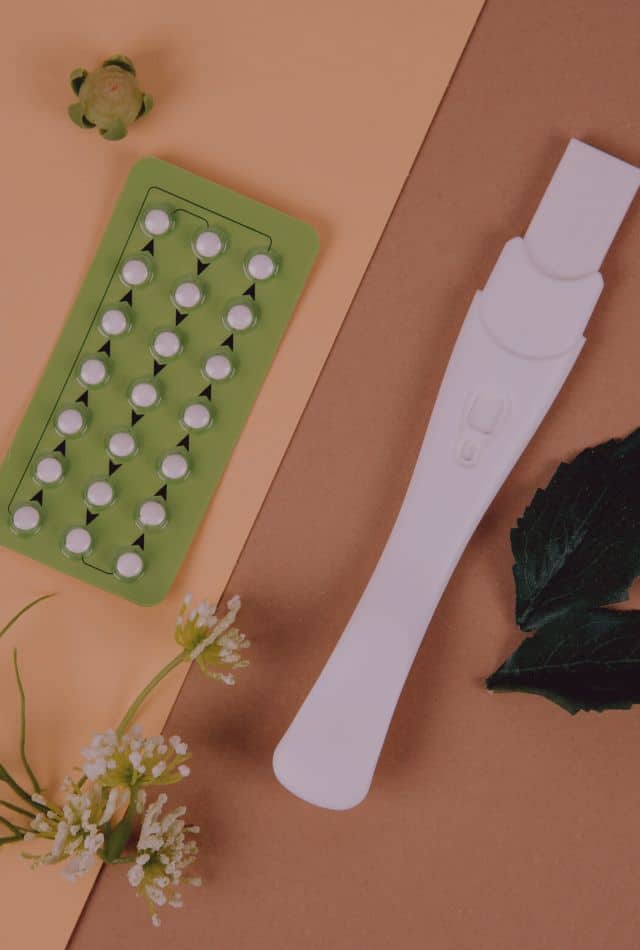How to Get Free Birth Control Without Insurance – Overview
According to surveys by the Centers for Disease Control and Prevention (CDC), around 64.9% of women between 15 and 49 years of age use some form of birth control. The contraceptive pill remains the most popular birth control method, with 12.6% of women using it.
Additionally, long-acting reversible contraceptives, like implants, are second in popularity, with more than 10.2% of women preferring them. In comparison, male condoms are only popular with around 8.7% of women in the United States.
However, affordability of birth control for women in America varies widely, and not three-quarters of women face affordability issues due to lack of insurance if the cost exceeds US$ 20 per month. The exact proportion affected by affordability issues is not specified.
Besides this, 1 in 7 women in the US cannot afford to buy birth control products at all. With recent controversies over women’s choices, birth control needs to be made more affordable and accessible now than ever.
Let’s take a detailed look at how you can get birth control without insurance, either for free or at a low cost.
Cost of Birth Control without Insurance

Breakdown of the cost of different types of birth control without insurance coverage:
Contraceptive Pills
Birth control pills can cost around US$ 10 to US$ 50 per month, which totals over US$ 120 per year. Besides this, you need to have a prescription for oral birth control pills, which includes the doctor’s fees that can be anywhere around US$ 35 to US$ 250 for a clinic visit.
Implants
Long-term contraceptives, such as IUDs or implants, can cost anywhere between US$ 100 to US$ 1,500. The IUD form of contraceptive lasts for as long as 10 years, which brings its average cost to around US$ 9 per month. Technically, this is the cheapest contraceptive option, but only if you have around US$ 1,500 to spare for the initial implant.
Condoms
Male contraceptives (condoms) are among the more affordable contraceptive options, with effectiveness in preventing pregnancy at about 85% with typical use. Contraceptive pills have a typical use effectiveness rate of around 91%, and IUDs can be more than 99% effective. The effectiveness rates can vary based on consistency and correctness of use.
Despite being essential, contraceptives are quite expensive. This is especially true if you are on a tight budget. However, several alternatives can help you get affordable or free birth control products.
Free Birth Control through Medicaid
Depending on your state and income, you may qualify for free or low-cost health insurance through Medicaid or CHIP (Children’s Health Insurance Program).
If you are eligible for the two initiatives, you can enroll anytime without any waiting period. You can visit your state’s Medicaid agency to determine eligibility and qualifying criteria. Under the Affordable Care Act, Medicaid covers the cost of:
- Hormonal contraceptive methods
- Barrier contraceptive methods
- Implanted devices and IUDs
- Female sterilization procedures
- Emergency contraception products
Even if you have the cheapest health insurance plan, you can effectively bring down the out-of-pocket cost of contraceptives to US$ 0. This includes the cost of the clinic visit and the birth control medication/device.
You can find more details about accessing Medicaid on the Planned Parenthood website.
Free Birth Control Through Planned Parenthood
Planned Parenthood also offers the services you need regardless of whether you have valid health insurance coverage. Most Planned Parenthood centers accept Medicaid and other health insurance.
Even if you are not enrolled in Medicaid, you can visit your closest Planned Parenthood health center and find out if they can arrange to give you birth control at an affordable cost. At the same time, you can also request a prescription for contraceptives, such as birth control pills, from the Planned Parenthood health center.
Depending on your location, you may be able to buy birth control pills at around US$ 20 per pack using the Planned Parenthood Direct app for smartphones.
Free Birth Control Through Non-Profit Health Clinics
Your community or neighborhood is bound to have a non-profit health clinic, such as a public health center or family planning clinic, that provides reproductive healthcare services for free or at affordable prices.
STI and Family Planning clinics may also provide condoms and spermicide for free, and you can get these by simply walking into the nearest clinic.
On the other hand, for a nominal fee of just US$ 25, you can see a physician, get the appropriate birth control prescription method, and often receive the contraceptive method, including the IUD, implant, or shot.
Conclusion
Several regions in the US do not have enough health centers offering a complete range of health care and wellness services. These include North Dakota, South Dakota, Alabama, Alaska, and Kansas.
If you live in these states, it is recommended to seek access to birth control online. You can call a telehealth company that can issue a birth control prescription directly to your house.
See Also
How Much Do Braces Cost Without Insurance
How Much is Ultrasound Without Insurance
How Much is it to Have a Baby Without Insurance
Pregnant, No Insurance, Don’t Qualify for Medicaid